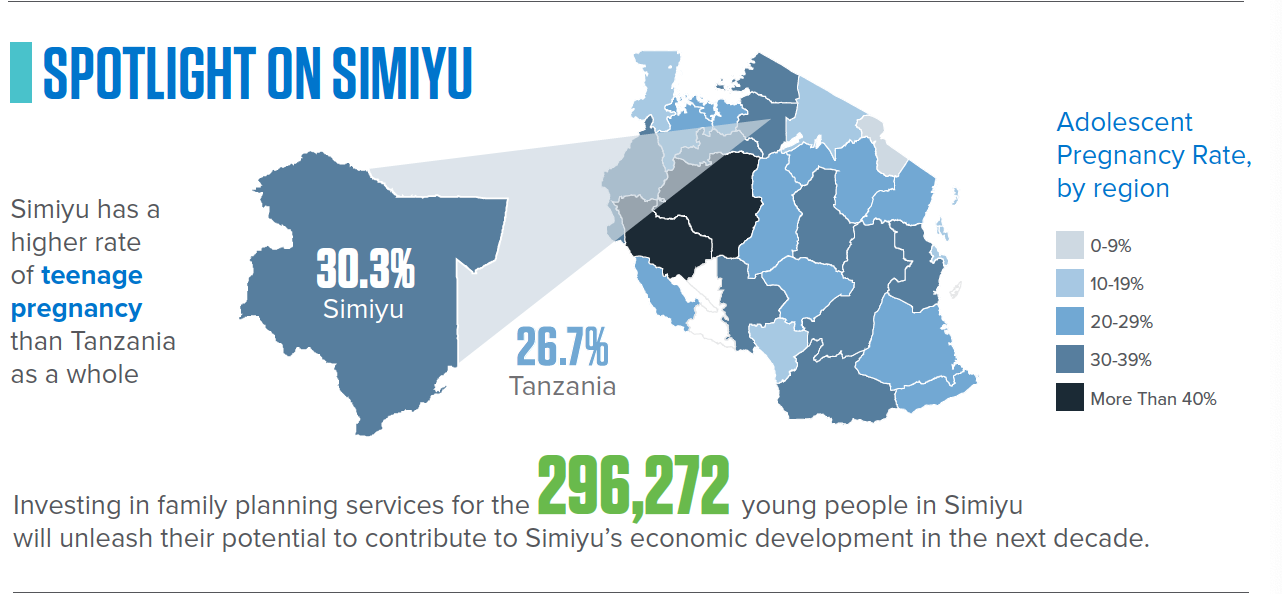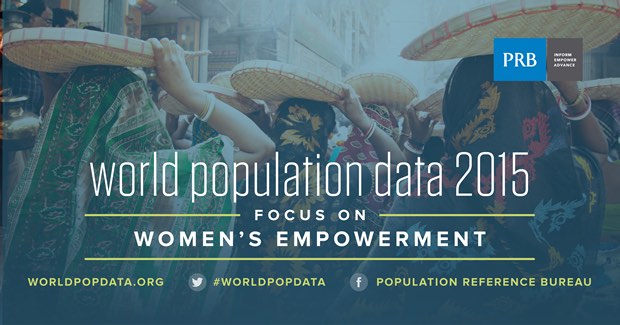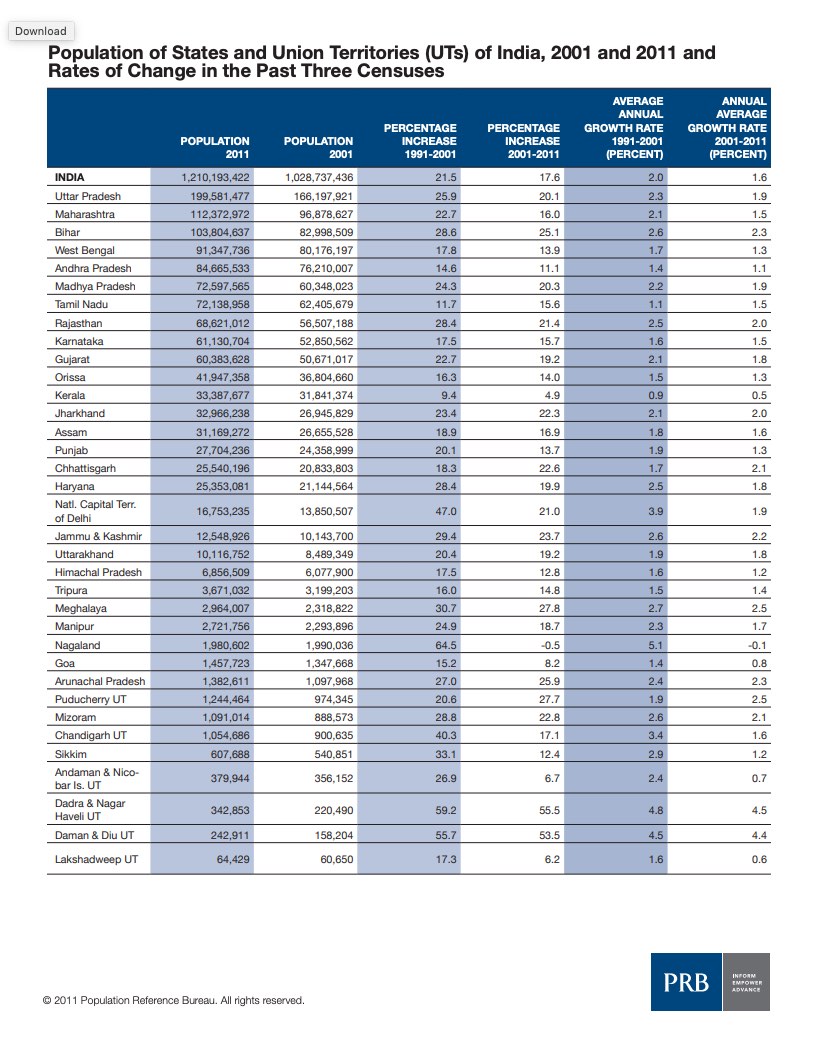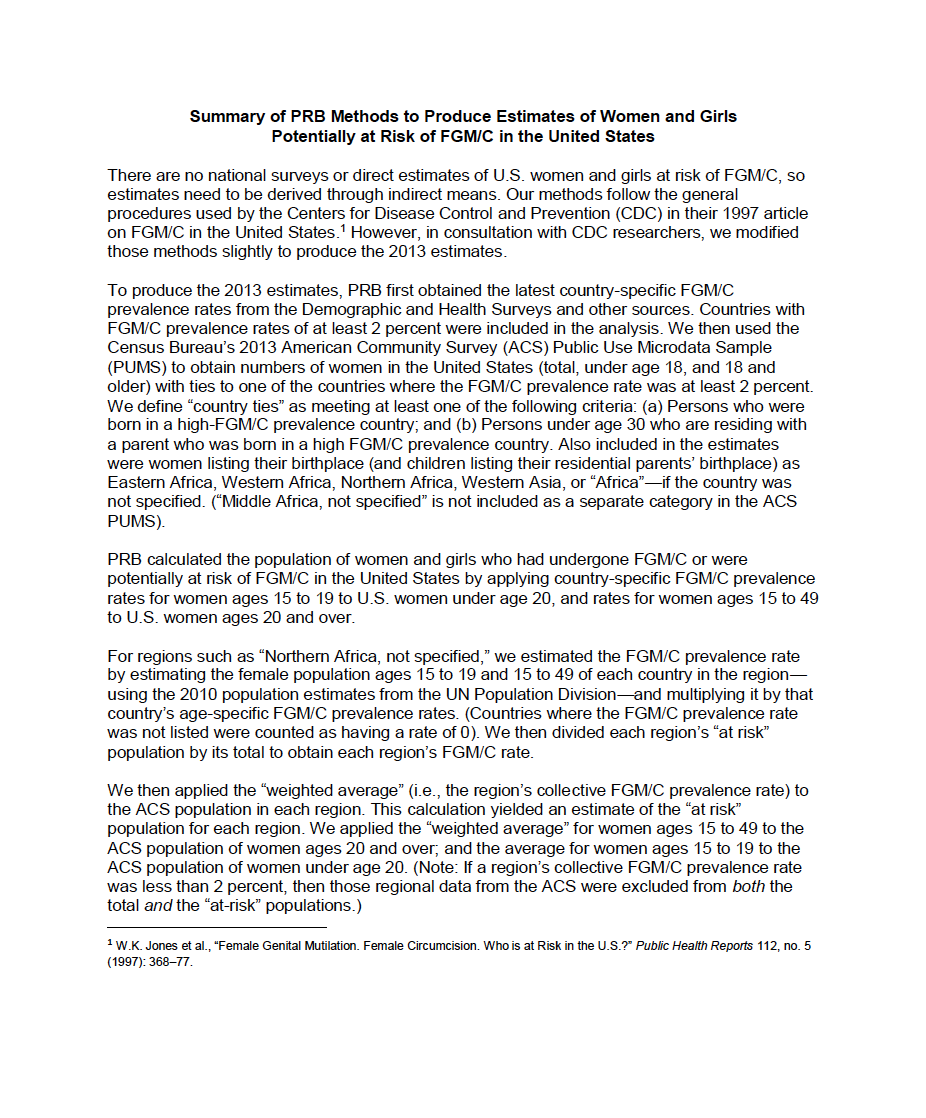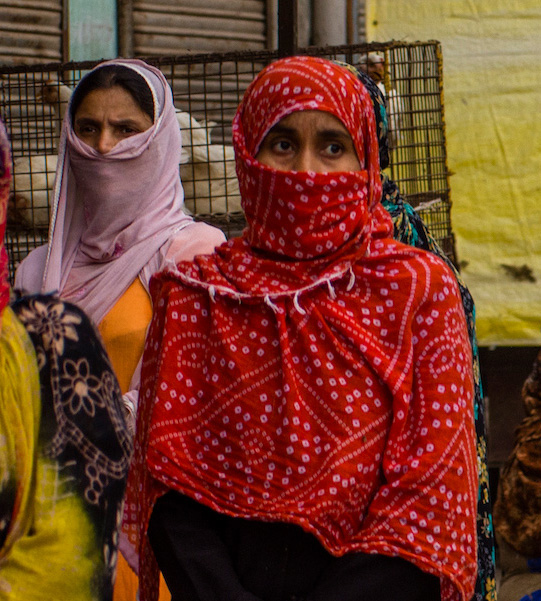PRB Discuss Online: Integrating Family Planning and Maternal/Child Health Services in Russia
(2011) Around the globe, family planning has been integrated with maternal and child health services for some years, even decades. In countries where integration is a key element of the health system, birth rates have fallen as more women have been able to avoid unintended pregnancies.

